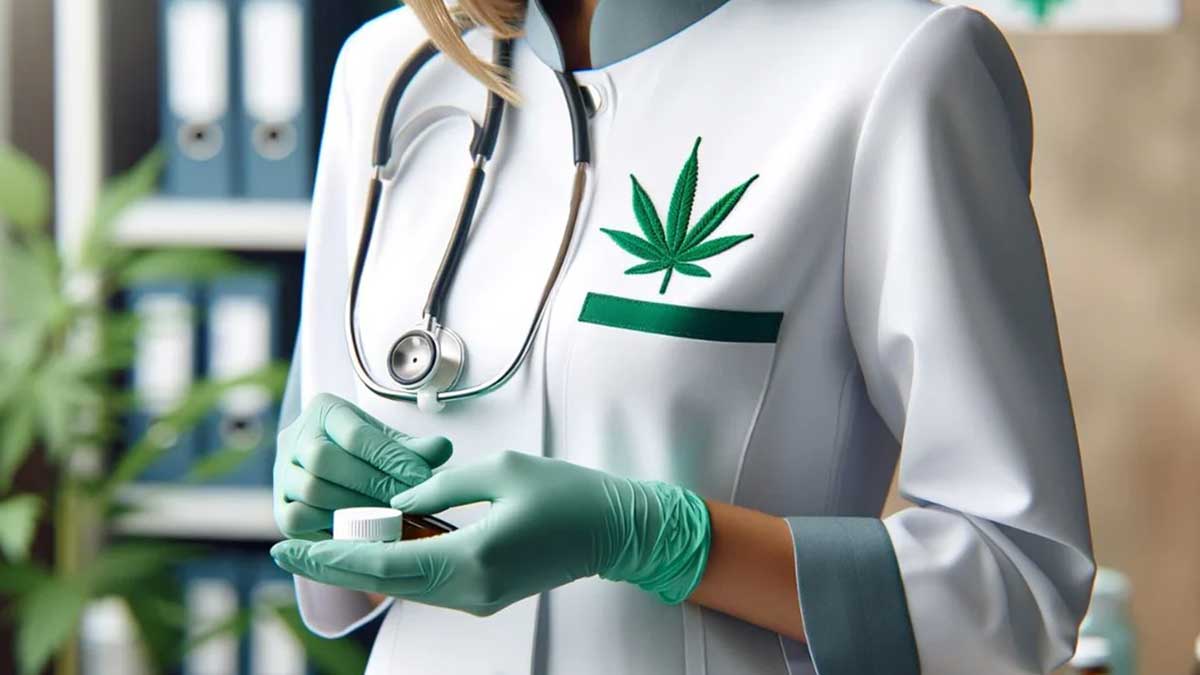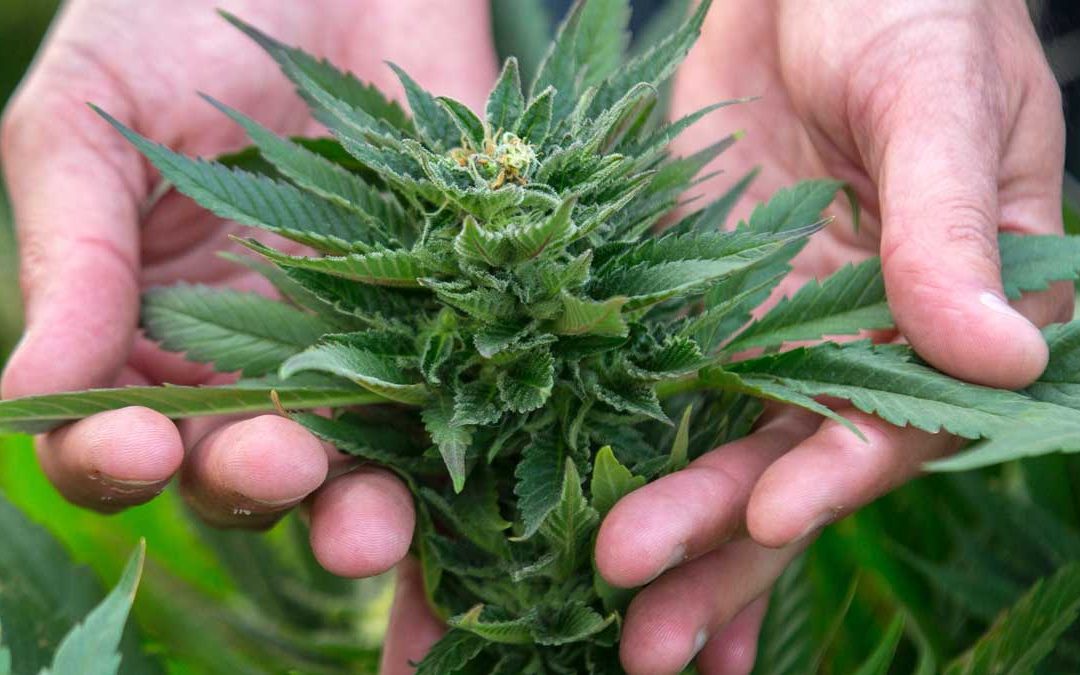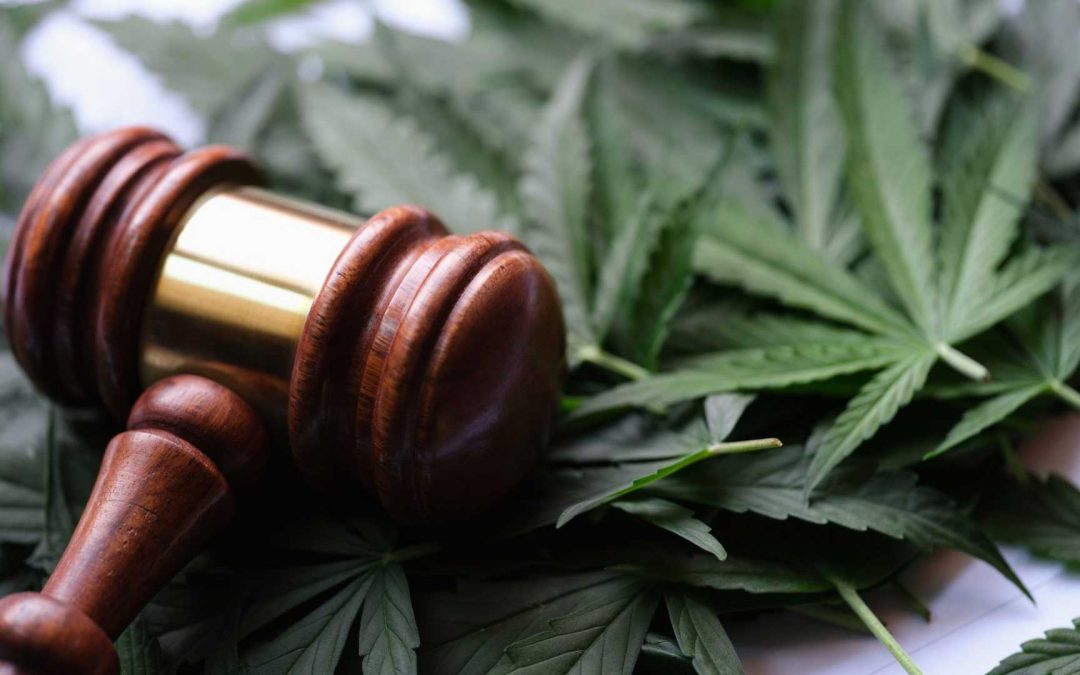This report is a review of the article “Therapeutic Use of Cannabis in the US” by Tracy Klein and Carey Clark in the journal, Nurse Practitioner. A link to the article is provided in the citation below.
Cannabis presents many challenges for nurses, and patients can learn a lot about their own care from understanding how nurses address the issue of counseling patients who use cannabis therapeutically.
Regardless of the law, nurses have a professional and educational responsibility to provide accurate and up-to-date scientific and medical information to patients about their conditions and their use of medications. A principal challenge for nurses is to reconcile self-care with professional care. With patient self-care of cannabis, the legal and regulatory transitions and uncertainty about the scientific and medical basis for medical cannabis further complicate this professional challenge.
Klein and Clark’s article both introduces the reader to therapeutic cannabis use but also provides a framework for patient and public understanding of the scientific issues related to therapeutic use.
While health care professionals define therapeutic use in terms of healthcare practitioner authorization, Klein and Clark note that Nurse Practitioners are “likely to encounter, counsel, and treat patients who are using cannabis medically (for therapeutic use), with or without healthcare provider authorization, as well as patients who use cannabis “recreationally” who may also be interested in taking a more therapeutic approach to their cannabis use.”
There are two basic questions about medical cannabis. What conditions does it affect and how much do we know about those effects? This is the issue of evidence, and the conventional approach is to distinguish four categories of evidence (Conclusive, moderate, limited, and insufficient) for reporting on the status of scientific progress in understanding the effects of medical cannabis. There is conclusive or substantial evidence for therapeutic benefits from cannabis for adult chronic pain, multiple sclerosis/spasticity, chemotherapy side effects of nausea and vomiting, intractable seizures, Dravet and Lennox-Gastaut syndrome (a genetic form of epilepsy).
While there is moderate evidence for medical cannabis use for improving sleep and lowering intraocular pressure, scientific research has not yet been sufficiently applied to clarify the scientific basis for patient accounts of medical cannabis effects for many other frequently identified conditions such as PTSD, anxiety, and depression. Thus, the gap between self-care and health care professional advised care persists.
Evidence is a paramount issue. The nursing profession is based on evidence-based care. In this article Klein and Clark review the topics and requirements for providing evidence-based care to medical cannabis patients, and in the process recommend a knowledge base framework for understanding cannabis-based care.
What do we need to know to better understand the therapeutic use of cannabis? Health care professionals and patients engaged in self-care attend to many of the same issues, however for the patients their understanding of many of these issues is implicit, based on experience, and limited to their own needs and results. Health care professionals must consider and understand each of these topics explicitly as they apply to a community of individual patients. Below is a list of the topics addressed by Klein and Clark.
- The Endocannabinoid System
- Cannabis pharmacology
- Pharmacokinetics
- Pharmacodynamics
- Drug-drug interactions
- Indications
- Evidence
- Dosing
- Benefits
- Risks
- Harm Reduction
- Stigma and bias
- Nursing practice and policy
In addition to reporting on the status of research in each of these areas Klein and Clark highlight several issues if importance to both practitioners and patients.
The Endocannabinoid System (ECS) is more complex and interactive than indicated by the popular model consisting of CB1 and CB2 receptors. This complexity is leading researchers to recognize the importance of preserving, or restoring, ECS homeostasis in individual patients.
The study of the pharmacology of cannabinoids, the active constituents in cannabis, is acquiring scope and depth. While THC and CBD are the most studied cannabinoids, there are now over 700 known chemical profiles of cannabis plants over one hundred active compounds, including terpenes responsible for odor and flavor in addition to the cannabinoids.
The variety of formulations and their routes of administration complicates understanding the pharmacokinetics of cannabis, though THC and CBD are well-understood. When smoked or vaporized peak plasma concentrations occur in 3-10 minutes. When ingested, there are two successive peaks within 1 to 6 hours after ingestion.
The risk of overdose from cannabinoids is low. “The majority of impairing and pathologic effects are related to the THC content of cannabis, which can be balanced by titration, reduction in dosage, and addition of the balancing effects.” The use of high dosages of cannabis, over 10 mg per dose and/or 20 to 30 mg daily by adults “can increase adverse reactions and decrease efficacy and may suggest tolerance or misuse.”
As part of a discussion on drug interaction issues the authors provide readers with a resource: “While caution should be used in interpreting results, a publicly available drug interaction checker can be found at: www.drugs.com/drug-interactions/cannabis.html which lists minor to major potential drug interactions.”
The federal status of cannabis as a Schedule I drug has limited research on its therapeutic efficacy. Research is increasing in its scope and the utility of its findings. Of particular importance is its recognition of the importance of nonclinical trial evidence, also known as “real world evidence”, particularly the value of patient reports of efficacy and details of their experiences.
Federal legal status prevents establishment of dosing guidelines in the United States. National programs, such as in Canada, provide standards as do selected research studies. Klein and Clark conclude that “As general guidance, they suggest that patients who are cannabis-naive start with no more than 1 mg of THC per dose. Adverse reactions to cannabis are primarily attributed to its THC content, the dose-equivalent of which should generally be limited to a self-titrated amount of a maximum of 30 mg daily, in conjunction with CBD.”
In addition to reducing any harm that may result from medical cannabis use, harm reduction also introduces interest in “whether and how cannabis may be used to reduce harm from other medications or substances including prescription drugs, alcohol, tobacco, and opioids. There is compelling evidence, primarily from self-report survey and observational studies, that medical cannabis can lower consumption of opioids, antidepressants, alcohol, and tobacco.”
The legal controversy over cannabis has obstructed research into its medical efficacy. Klein and Clark note that “the lack of controlled trial evidence specific to medical cannabis efficacy should therefore not be interpreted as indicating a lack of potential efficacy.” They also concede that for many people the illegality of cannabis was and is interpreted as rejection of its efficacy. The result is a stigma attached to both patients and health care practitioners. “[T]he stigma of cannabis use, even with medical authorization and indication, can limit both the practitioner and the patient from such information sharing. There is also evidence that cannabis stigma is racialized, both in the media and in policy application to patients.”
Furthermore, “The lack of insurance coverage for cannabis for medical conditions is also a significant barrier to its use and legitimate acquisition by patients, with 70% of patients in a national survey stating that cost is very prohibitive or entirely prohibitive, and many patients paying up to $350 or more for yearly examination and registration before being able to purchase cannabis from a medical dispensary.”
The ability of health care professionals to authorize the use of cannabis varies from state to state based on statute, regulation, and policy. This formal aspect of practice is also complicated by the federal status of cannabis as a Schedule I drug, though this is under review by the Biden Administration. Nonetheless, the authors conclude that Nurse Practitioners “are likely to encounter patients who use or ask about cannabis, and preparation to discuss what is known and not known is a logical part of any health assessment. Ongoing self-education and assessment of both clinical and patient-provided evidence is a key part of any shared decision-making discussion, including those regarding cannabis.”
This is good advice for patients and other stakeholders as well.
Klein, Tracy A. and Clark, Carey S. Therapeutic Use of Cannabis in the United States. (2022) The Nurse Practitioner 47(12):p 16-25, December 2022.








